These Abandoned West Virginia Railroads Have Been Overtaken By Nature
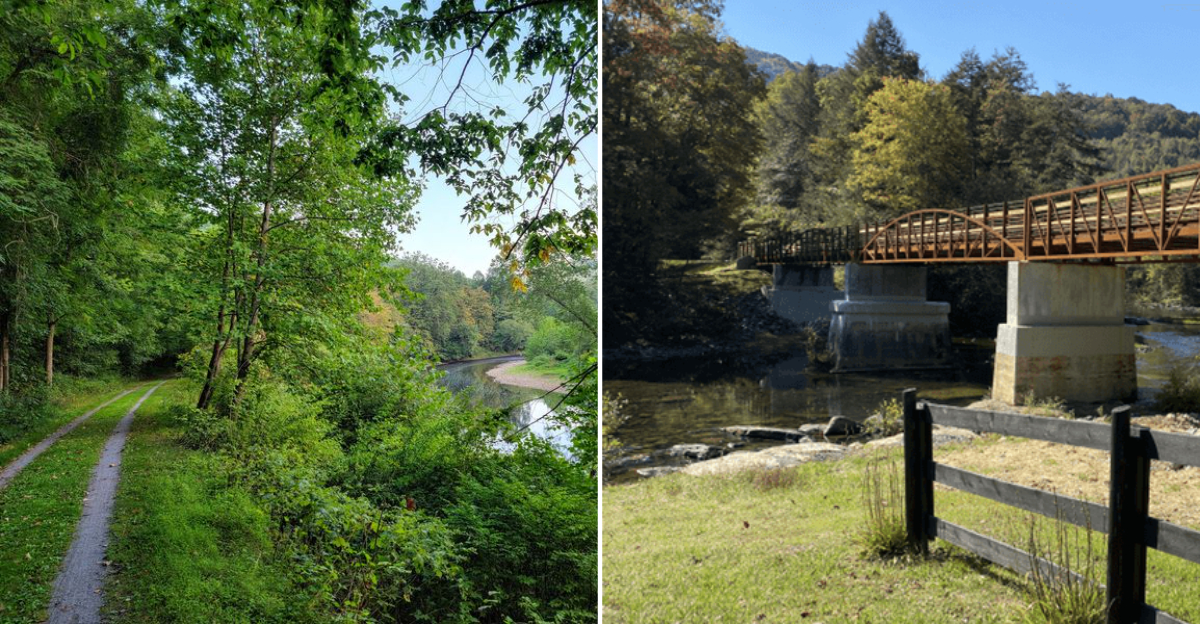
Deep in the mountains of West Virginia, old railroad tracks tell stories of a bustling past. Once filled with the roar of steam engines and the clatter of coal cars, these abandoned railways now sit silent, slowly disappearing beneath vines, trees, and wildflowers.
Nature has reclaimed what industry left behind, turning forgotten rail lines into stunning trails where hikers and bikers can explore history while surrounded by breathtaking scenery.
1. North Bend Rail Trail

Spanning nearly 72 miles through the heart of West Virginia, this former Baltimore and Ohio Railroad route is now a paradise for outdoor lovers. Tunnels carved through solid rock stand as monuments to 19th-century engineering, their dark mouths framed by cascading greenery.
Wildlife has moved in where locomotives once thundered past. Deer graze near old trestles, and birds nest in the crevices of crumbling station houses. The trail winds through forests so thick they block out the summer sun.
History buffs will appreciate the original mile markers still standing along the path. Each rusted post reminds visitors that this peaceful corridor once carried passengers and freight across rugged terrain nobody thought could be conquered.
2. Greenbrier River Trail
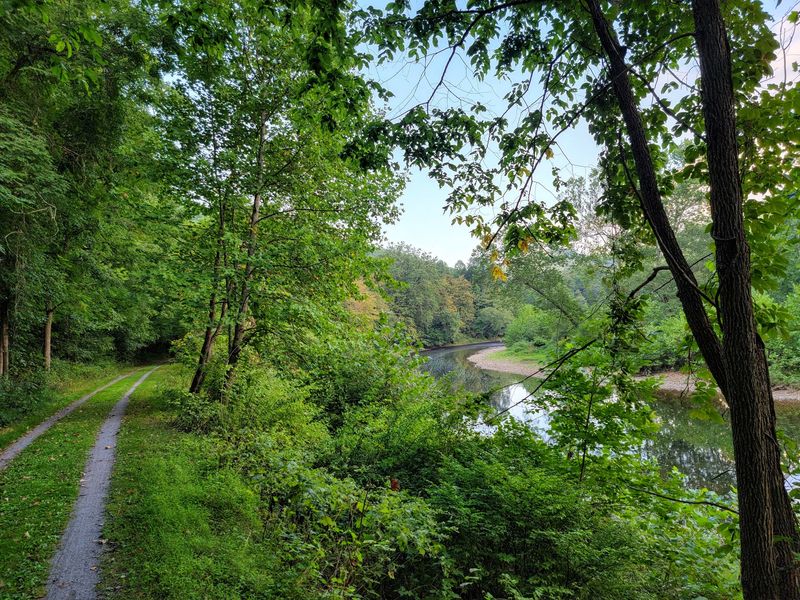
Following the gentle curves of the Greenbrier River for about 78 miles, this converted railroad bed offers some of the most spectacular water views in Appalachia. Built on the former Chesapeake and Ohio Railway’s Greenbrier Division, many of its bridges now serve as scenic overlooks where paddlers drift below.
Spring brings an explosion of wildflowers that carpet the old rail bed in purple, yellow, and white. Trilliums push through where railroad ties once sat, and ferns unfurl from beneath forgotten telegraph poles. The river provides constant company, its gurgling soundtrack replacing the whistle of trains.
Fishermen cast lines from platforms that once loaded timber and livestock. The transformation from industrial corridor to natural sanctuary happened gradually, with each passing season adding another layer of green to the old steel and wood.
3. Blackwater Canyon Trail
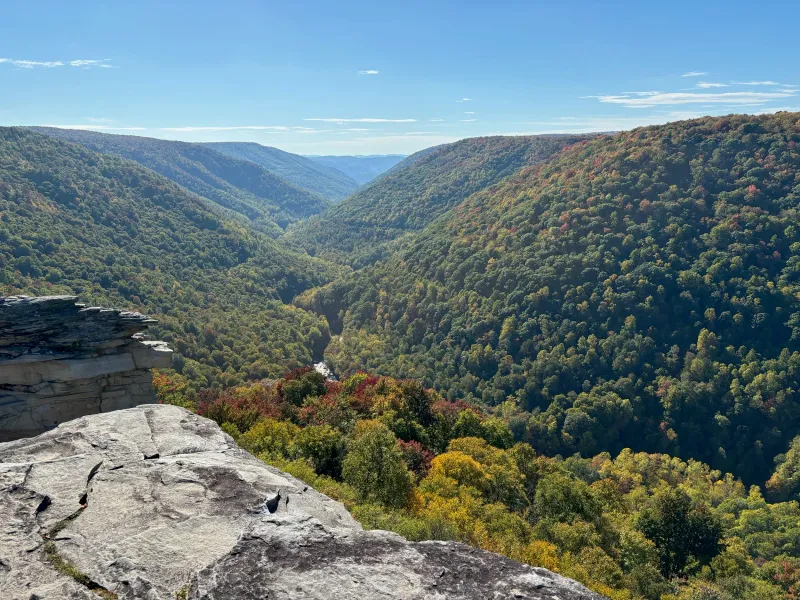
Carved into the side of one of West Virginia’s deepest gorges, this roughly 10.5-mile trail follows the former West Virginia Central & Pittsburg Railway (later Western Maryland Railway) through dramatic canyon scenery.
The Western Maryland Railway once hauled coal through this treacherous passage, but now only hikers brave enough to handle its rugged grades and occasional cliffside stretches make the journey.
Massive hemlocks and rhododendrons crowd the old grade, their roots breaking apart whatever remains of the original ballast. In autumn, the canyon explodes with color so intense it looks painted on. Waterfalls tumble down rock faces that tower hundreds of feet above the trail.
Eagles soar at eye level here, riding thermal currents that rise from the river far below. The isolation feels complete—civilization seems impossibly distant when surrounded by such raw wilderness.
4. West Fork Rail Trail
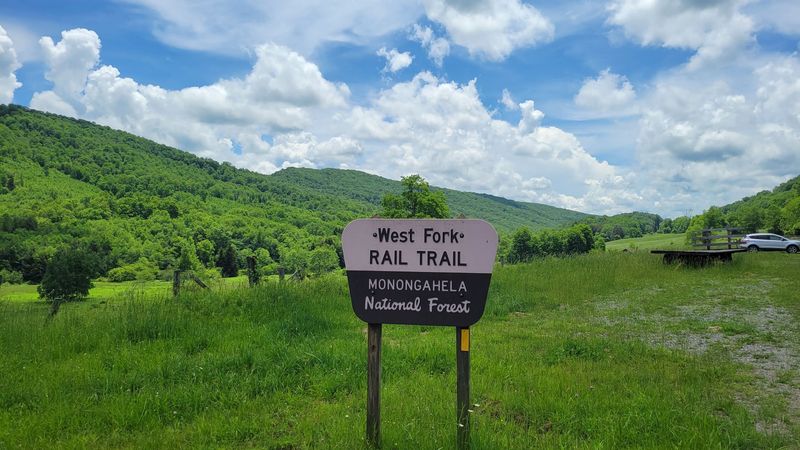
Stretching 22 miles through some of the most remote country in central West Virginia, this trail feels like stepping back in time. The Coal & Iron Railway built this line in the early 1900s to connect logging and coal operations in the Monongahela National Forest. The forest has since taken back every inch with enthusiasm.
Old trestles creak gently in the wind, their timbers weathered silver-gray by decades of rain and snow. Moss grows thick on the crossbeams, and salamanders hide in the damp shadows underneath. Berry bushes thrive along sunny stretches where maintenance crews once kept vegetation trimmed back.
Local legends speak of ghost trains still heard on foggy mornings, though the only sounds now come from rushing creeks and rustling leaves. The solitude here is profound and healing.
5. Elk River Rail Trail State Park

Running parallel to the Elk River for nearly its entire length, this trail showcases the raw beauty of central Appalachia. Developed along the former Coal & Coke Railway (later part of the B&O), the Elk River Rail Trail currently offers over 50 miles of open corridor, with plans to expand to more than 70 miles.
Second-growth trees now tower over the trail, their canopy so dense it creates a green tunnel effect. The river provides endless entertainment—watch for otters playing in the shallows or herons stalking fish in quiet pools. Old bridge abutments stand like ancient ruins, slowly dissolving into the landscape.
Summer brings blackberries so plentiful they weigh down the bushes. Picking them while standing on a forgotten railroad grade feels like harvesting the sweetness that grows from industrial decay.
6. Meadow River Rail-Trail
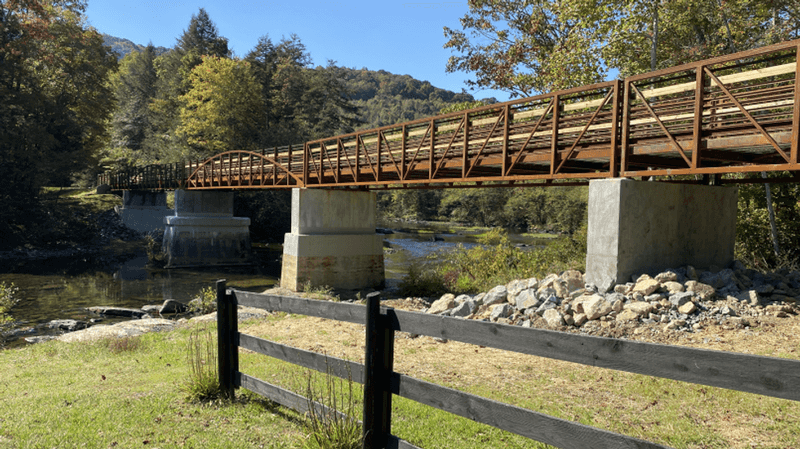
Hugging the banks of the Meadow River through some of the steepest terrain in the state, this trail demonstrates nature’s patient persistence. Portions of the Meadow River Rail-Trail are open and others remain under development, tracing a former lumber railroad corridor once used for timber hauling rather than a Chesapeake & Ohio mainline.
Rock cuts still show drill marks from workers who blasted through solid stone over a century ago. Now those same cuts drip with moisture that nourishes hanging gardens of ferns and mosses. The river churns white through boulder fields, creating a constant roar that drowns out all other sounds.
Wildflowers bloom in impossible places here—clinging to cliff faces and sprouting from cracks in old concrete. The beauty feels defiant, as if nature is celebrating its victory over human ambition.
7. Mon River Rail-Trail
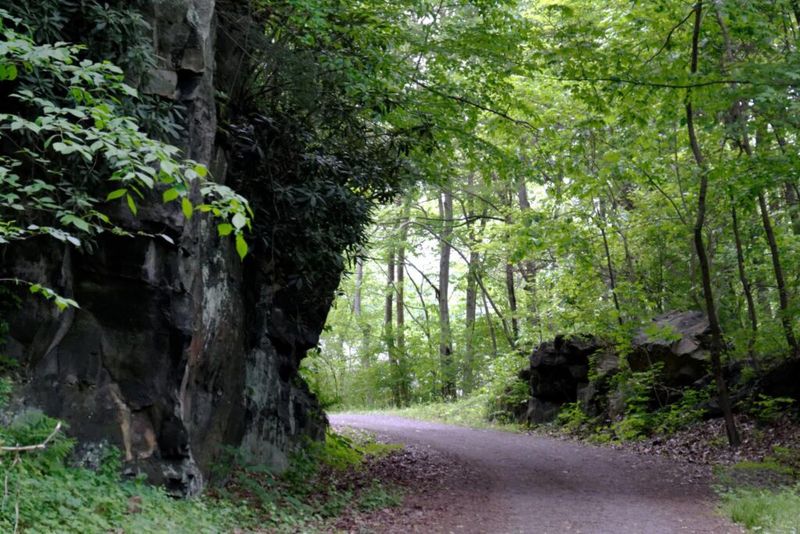
Winding through Morgantown and following the Monongahela River, this urban trail proves that nature reclaims even city spaces. Part of the interconnected Mon River, Caperton, and Deckers Creek Rail-Trail system, it follows former B&O and Monongahela Railway lines that once served coal and freight traffic.
Sycamore trees line much of the route, their white bark glowing in morning light. The river itself has cleaned up dramatically since the industrial era ended—fish have returned in numbers that would shock old-timers. Turtles sun themselves on logs where loading docks once jutted into the water.
College students use the trail as a living classroom, studying ecology where their great-grandparents might have worked in factories. The transformation represents hope for post-industrial communities everywhere.
8. Allegheny Highlands Trail
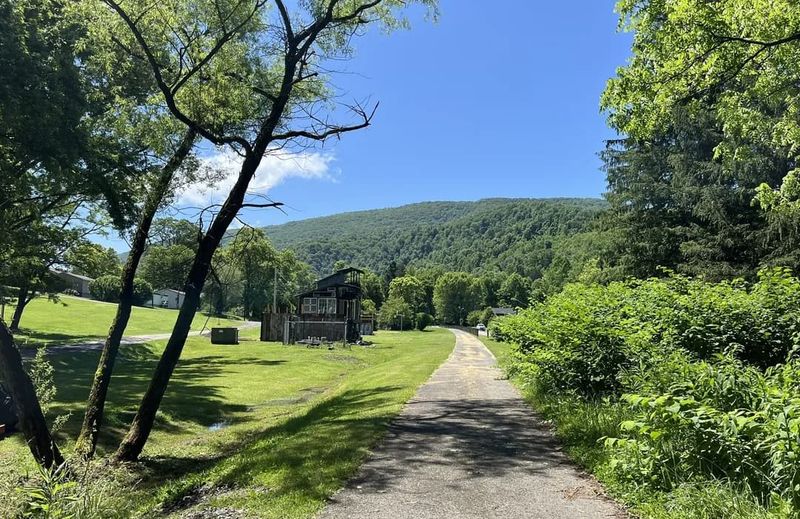
Covering about 26 miles between Elkins and Hendricks (with an additional short segment near Davis), this former railroad corridor winds through some of the most breathtaking mountain scenery in the Appalachians. Wild ferns sprout between weathered railroad ties, while towering oaks and maples form natural tunnels overhead.
The old rail bed now serves hikers and cyclists who want to experience history and wilderness combined. Remnants of stone culverts and bridge abutments peek through curtains of ivy and Virginia creeper.
Wildlife has flourished along this corridor, with deer, wild turkeys, and black bears regularly spotted by trail users. The transformation from industrial transportation route to peaceful nature trail showcases how quickly the forest reclaims abandoned spaces in West Virginia’s humid climate.
